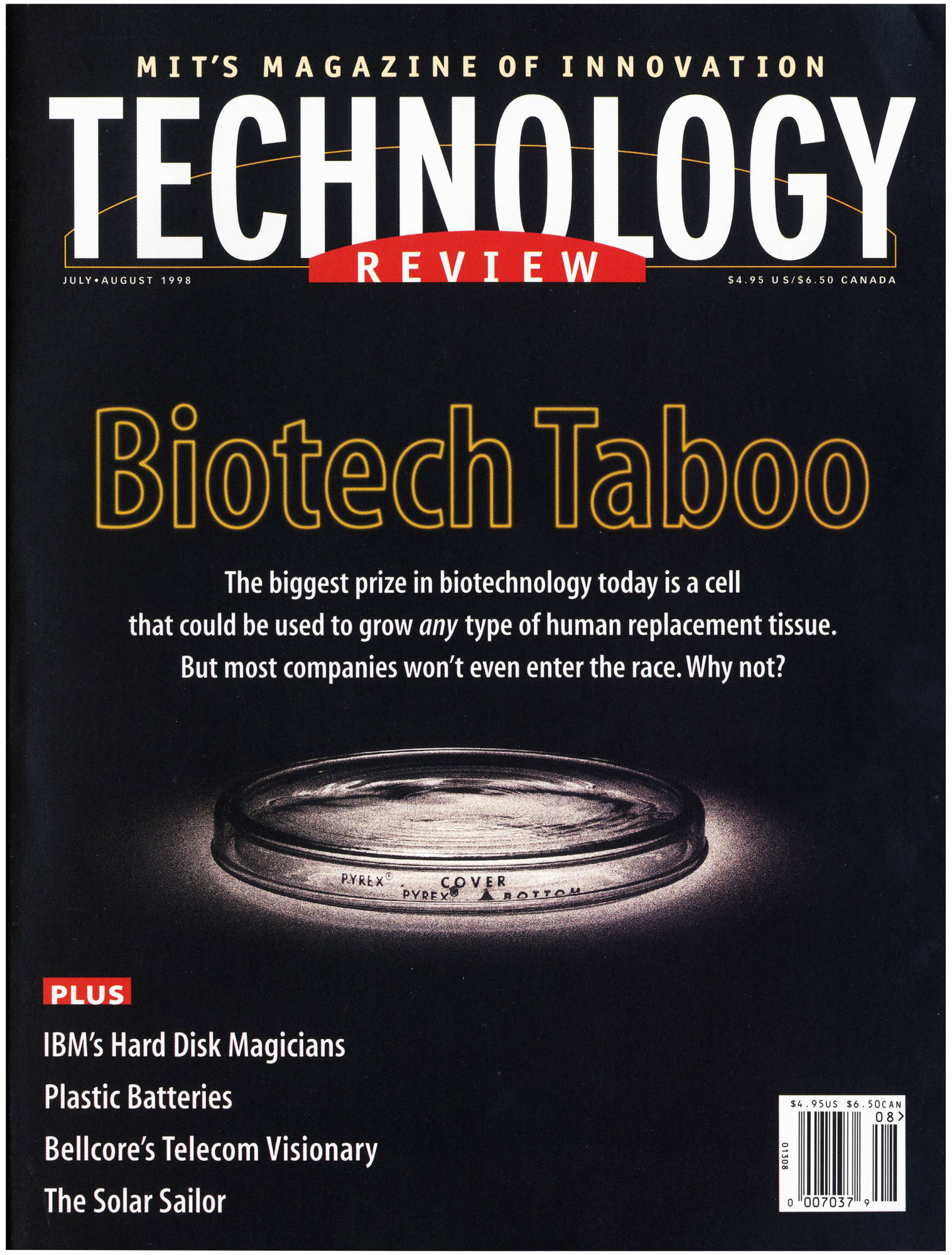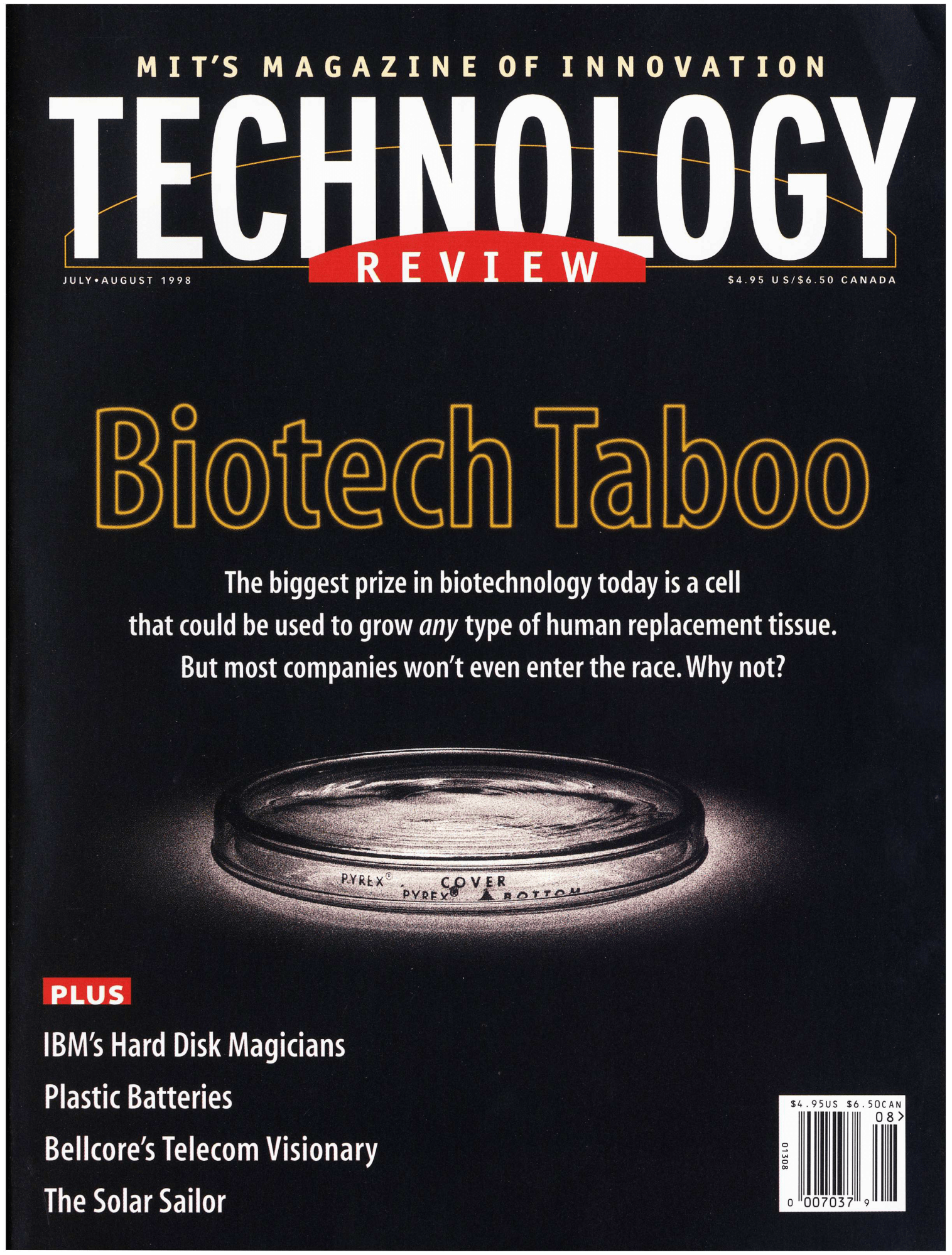
After 25 years of hype, embryonic stem cells are still waiting for their moment
But the public believed these time frames—as well as the story that only a lack of funding stood in the way of cures. So after the US introduced some limits on stem-cell research (allowing research funding on only a few supplies of the cells), patient groups struck back. In California, a 2004 ballot initiative, Proposition 71, established the California Institute of Regenerative Medicine. It made stem-cell research a “constitutional right” in the state and allotted $3 billion in tax funds for research over 10 years. By that time, lobbyists predicted, the initiative would pay for itself twice over through a bonanza of jobs and cures. Just treating type 1 diabetes (“in year six,” according to a projection) would save $122 billion in insulin and other costs. One TV ad said stem cells would cure “a million people with Parkinson’s.”
None of those cures has reached the market yet. And many of the patient advocates from those years, some of whom hoped stem cells would save them, are now dead: Jenifer Estess, David Ames, the actor Christopher Reeve, and Jordan Klein. The last was the son of Bob Klein, the California real estate entrepreneur who’d put Prop 71 into motion. After Jordan died from complications of type 1 diabetes in 2016, age 26, his father blamed political delays, according to the Long Beach Business Journal. “My youngest son died. If they hadn’t held it up in DC, he would be alive,” Klein told the publication.
“There was this dystopian-versus-utopian view of stem cells in the early 2000s.”
-Timothy Caulfield
The belief in stem-cell cures had become entrenched. To people like Klein, it was political meddling that was delaying them. “There was this dystopian-versus-utopian view of stem cells in the early 2000s,” says Caulfield. “You had people saying it’s unethical or immoral or shouldn’t be allowed. The research community, and I was part of it, had to push back and say this is an exciting area and we are going to save lives. And all this language has survived.” The clearest evidence? Fly-by-night medical clinics that started cashing in on the hype, advertising stem-cell cures for autism, migraines, and multiple sclerosis—a phenomenon Caulfied calls “scienceploitation.” For many years, any Google search for stem cells would return ads from shady clinics offering to treat just about anything, usually with cells collected from blood or fat tissue.
I learned how pervasive the phenomenon is this spring when an elderly acquaintance revealed she’d paid over $7,000 in cash for an injection of supposed stem cells drawn from her bones in the hopes of treating a painful knee. Of course, it likely didn’t do anything. She could have saved her money had she read a pamphlet from the ISSCR called “Guide to Stem Cell Treatments.” Despite its title, which sounds like a product glossary, it’s a lengthy warning about scam clinics, explaining that essentially any stem-cell treatment you see advertised today is a fake.
That’s because, in reality, nothing could make stem cells move faster than the speed of science. “When the promise of stem cells reached the public consciousness … there was the idea that stem cells are themselves a magic cure, even though that is ridiculous,” says Arnold Kriegstein, a professor at the University of California, San Francisco. “The true promise was not that the stem cells would do this, but that they were the starting point for the cells you wanted. And that is never simple. That is painstaking and slow. That is science—it’s laborious and takes time.”
Delayed promise
Stem-cell research is no longer as political as it once was. That’s partly because by 2006, scientists had determined how to convert any cell, like a bit of skin, into something like an embryonic stem cell. Such “induced” stem cells are largely identical to those from embryos, and without the ethical hangover. But whichever type of stem cell researchers choose, using them to manufacture mature, specialized cells (the kind you’d want for transplant) turned out to be more difficult than most expected.
The strategy scientists have been taking to generate the cell types they want is called “directed differentiation.” You can think of directed differentiation as a cookbook approach—add this growth factor at day 2, that one on day 12, and so on—that exposes a stem cell to the same sorts of external cues it would receive if it were part of a developing baby.
While the cookbook process can be successful, it is extraordinarily difficult to hit on a correct recipe. For instance, the scientist Douglas Melton, who has two children with type 1 diabetes and who developed the Vertex treatment that’s now in testing, spent close to 15 years before he was able to produce “functional” pancreatic cells able to respond to glucose and make insulin when transplanted into a mouse. “That problem took much longer than I expected—I told my wife it would take five years,” Melton recounted to a Harvard publication in 2021.

